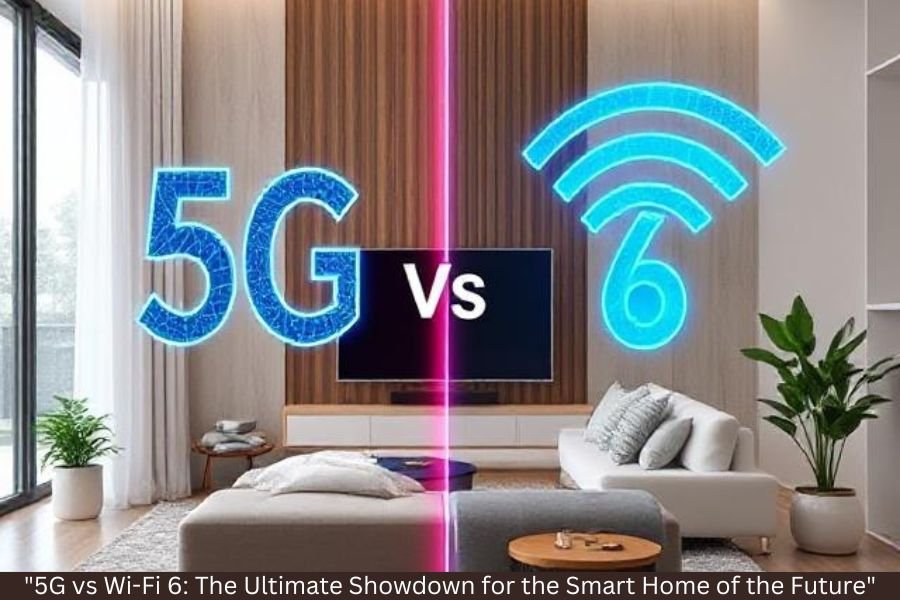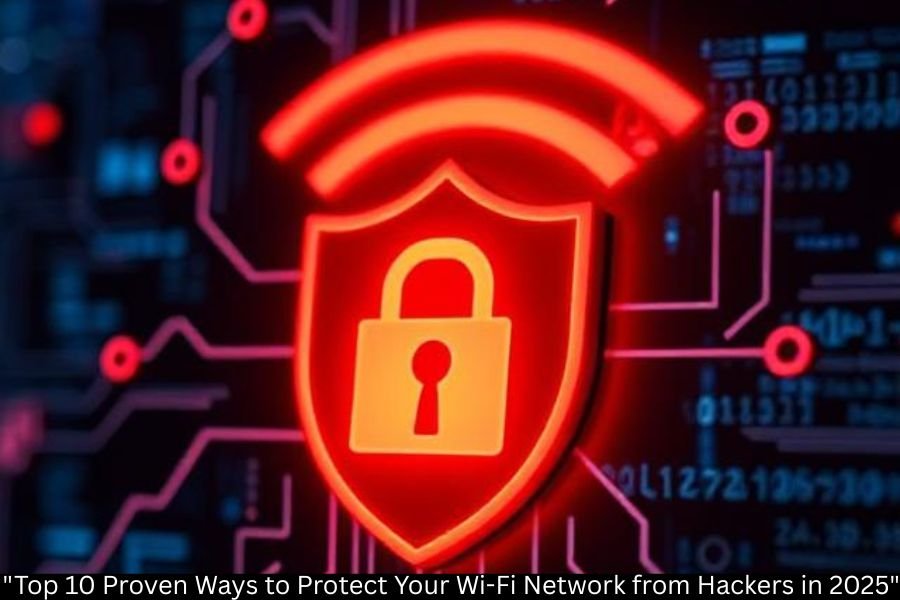5G vs Wi-Fi 6: What’s Better for Smart Homes?
Introduction to 5G and Wi-Fi 6
The war for the excellent smart home connectivity is heating up, and contenders stand out — 5G and Wi-Fi 6. Both promise faster speeds, lower latency, and better overall performance than their predecessors, however which one is simply the champion in your clever home setup?
What is 5G?
5G is the fifth-generation cellular network generation designed to deliver extremely-rapid internet, low latency, and higher potential. It’s typically used thru mobile carriers but is increasingly becoming an alternative for home broadband.
What is Wi-Fi 6?
Wi-Fi 6 (802.11ax) is the contemporary Wi-Fi standard, offering quicker speeds, stepped forward performance, and higher coping with of multiple gadgets as compared to Wi-Fi 5 (802.11ac).
Key Differences Between 5G and Wi-Fi 6
Speed Comparison
5G can theoretically attain speeds over 10 Gbps, whilst Wi-Fi 6 peaks round nine.6 Gbps. In actual-world utilization, each will normally be in the loads of Mbps to low Gbps variety.
Latency Differences
5G has latency as little as 1 ms, which is amazing for real-time applications. Wi-Fi 6 offers 2–four ms latency, nonetheless fairly fast for clever homes.
Coverage and Range
Wi-Fi 6 works high-quality in a constrained area like a home, while 5G coverage depends on cell tower proximity and sign penetration thru partitions.
Is Wi-Fi 5 Better than Wi-Fi 6 for Home Use?
Speed and Efficiency Improvements
Wi-Fi 6 is normally better, with forty% quicker speeds and improved efficiency in crowded tool environments.
Device Connectivity Advantages
Wi-Fi 6 helps greater devices simultaneously thanks to technologies like OFDMA and MU-MIMO, making it advanced for current homes with dozens of linked gadgets.
Is 5G Better for Home Internet?
Pros of Using 5G at Home
Ultra-rapid speeds in which available
No need for bodily cables
Can be used in rural or underserved regions
Cons of 5G for Home Use
Indoor penetration troubles
Dependent on proximity to 5G towers
Data caps with some companies
Is Wi-Fi 6 Good for Home Use?
Benefits for Smart Home Devices
Wi-Fi 6 is first-rate for smart homes due to the fact it can join greater gadgets without slowing down, from smart bulbs to safety cameras.
Enhanced Security Features
It supports WPA3 encryption, that’s extra stable than previous requirements.
Does Wi-Fi 6 Penetrate Walls Better than Wi-Fi 5?
Frequency Bands Impact
Wi-Fi 6 uses both 2.Four GHz and five GHz bands, which means it has the identical wall penetration capability as Wi-Fi five on those frequencies.
Real-World Performance
In actual-lifestyles exams, Wi-Fi 6 barely outperforms Wi-Fi five in range because of progressed performance, however the distinction is unassuming.
What is the Range of Wi-Fi 6 vs 5GHz?
Range in Open Spaces
At 2.Four GHz, Wi-Fi 6 can cover as much as three hundred feet exterior. On five GHz, the variety is set one hundred–one hundred fifty ft.
Range Through Walls
Both Wi-Fi 5 and Wi-Fi 6 at five GHz battle via a couple of thick partitions, however Wi-Fi 6’s efficiency enables preserve a higher sign.
Does 5G Work Indoors?
Challenges with Indoor Coverage
High-frequency mmWave 5G struggles interior due to bad wall penetration. Mid-band 5G fares higher however may nonetheless need boosters.
Solutions for Better Reception
Using 5G routers with external antennas or indoor repeaters can greatly enhance indoor insurance.
How Many Devices Can Wi-Fi 6 Support?
OFDMA and MU-MIMO Technology
Wi-Fi 6 can control dozens to loads of devices greater successfully than Wi-Fi five by means of transmitting to a couple of gadgets concurrently.
Practical Device Capacity
In a home environment, Wi-Fi 6 can conveniently guide 50+ related devices with out enormous slowdown.
Choosing Between 5G and Wi-Fi 6 for Smart Homes
Factors to Consider
Availability of 5G to your place
Number of related gadgets
Data usage and capability caps
Home layout and wall materials
Hybrid Approach
Some households advantage from the usage of Wi-Fi 6 for inner networking and 5G as a backup or primary internet source.
Future of Smart Home Connectivity
Upcoming Technologies
Wi-Fi 7 and superior 5G networks will similarly reduce latency and increase speeds.
Integration of 5G and Wi-Fi 6
The future likely involves seamless switching between 5G and Wi-Fi 6 for uninterrupted connectivity.
Conclusion
For most smart homes, Wi-Fi 6 is the higher choice due to its capacity to deal with many gadgets successfully and maintain strong indoor coverage. 5G may be a remarkable opportunity or backup, specially in regions with limited wired net alternatives. The quality setup might be a mixture of each, ensuring your clever domestic remains connected irrespective of what.
FAQs
Is Wi-Fi five better than Wi-Fi 6 for domestic use?
No, Wi-Fi 6 is faster, greater efficient, and handles more gadgets better than Wi-Fi five.
Is 5G higher for home net?
It can be, specifically in areas without fiber or cable, however indoor insurance can be an problem.
Does Wi-Fi 6 penetrate walls higher than Wi-Fi 5?
Slightly, but the development is in particular because of efficiency, now not frequency differences.
Does 5G work indoors?
Yes, however performance varies depending on frequency bands and constructing substances.
How many gadgets can Wi-Fi 6 support?
Dozens to loads, depending on bandwidth and router exceptional.

